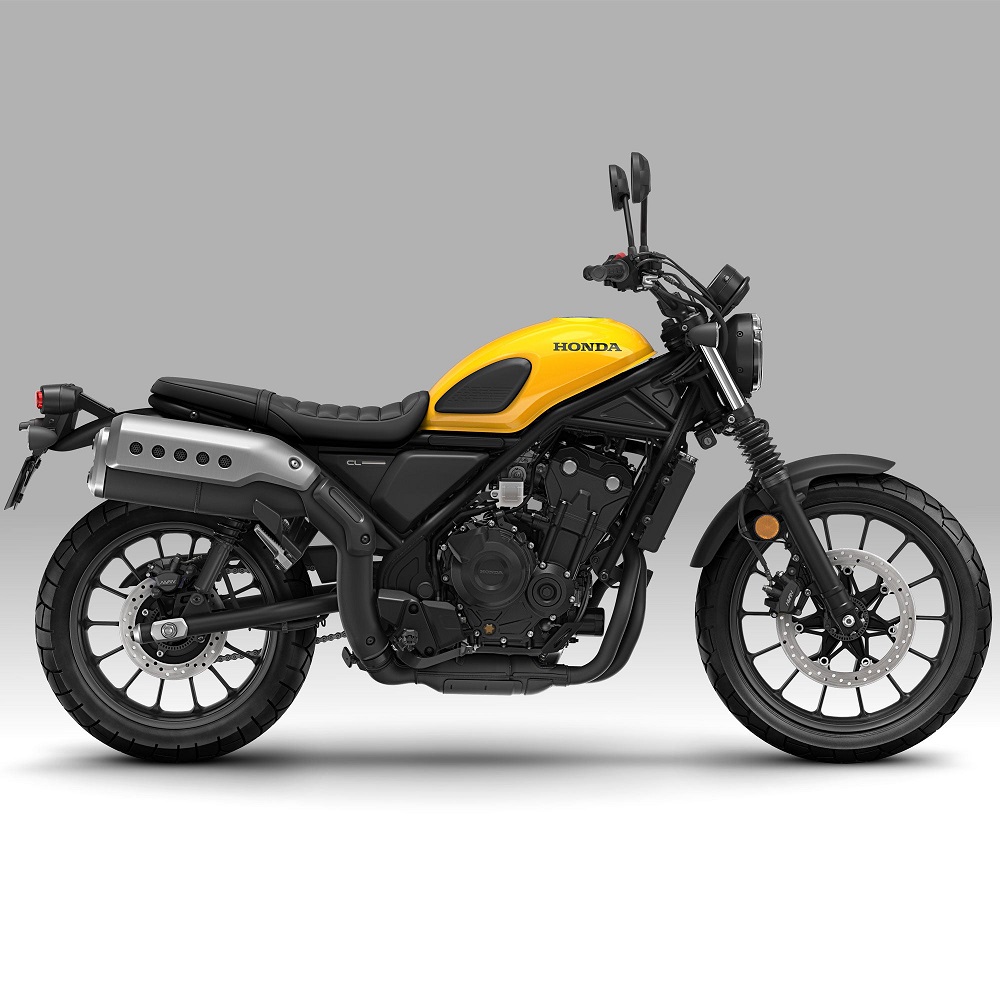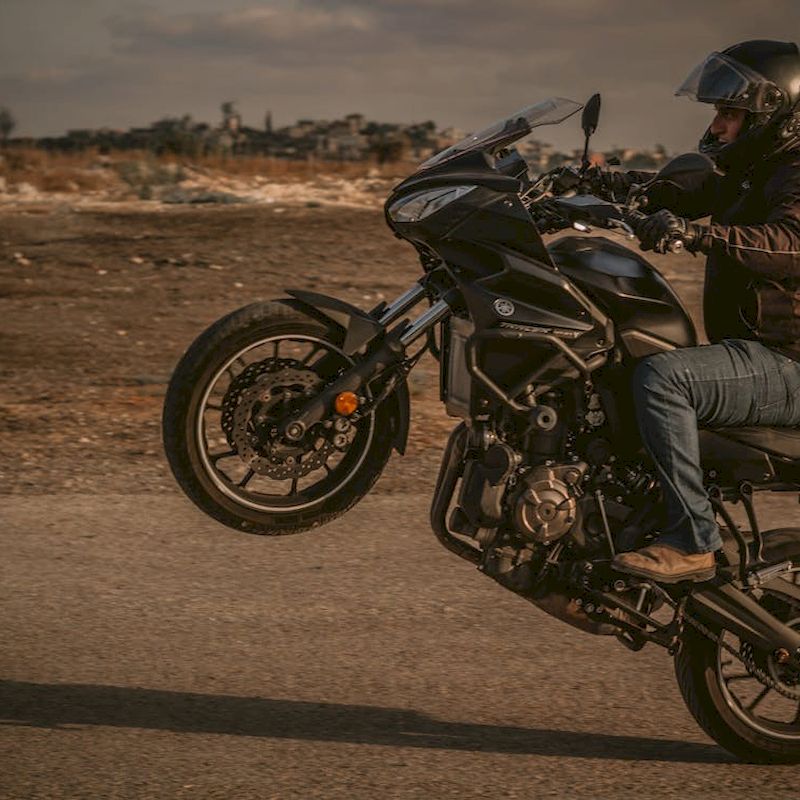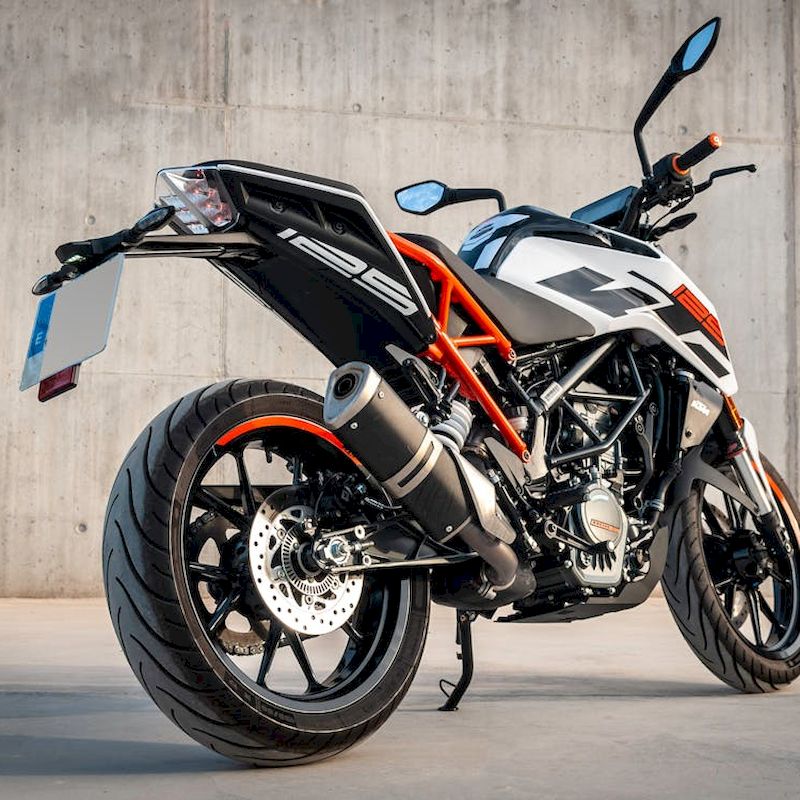Motorcycle fuel efficiency is a topic of significant importance for riders, whether they use their bikes for daily commutes, weekend adventures, or long road trips. Fuel efficiency not only affects your wallet, but it also plays a crucial role in environmental sustainability. With rising fuel costs and a growing awareness of fuel conservation, understanding how to effectively manage and improve motorcycle fuel efficiency is essential.
Factors like engine type, riding habits, and maintenance can significantly influence how efficiently a motorcycle uses fuel. By learning about these elements, you can make informed choices to enhance your bike’s performance while getting more mileage from each tank. In this comprehensive guide, we will delve into various aspects of motorcycle fuel efficiency, exploring ways to optimize your riding experience from maintenance tips to riding techniques. By the end of this article, you will be equipped with the knowledge to maximize your motorcycle’s fuel efficiency and make the most of every ride.
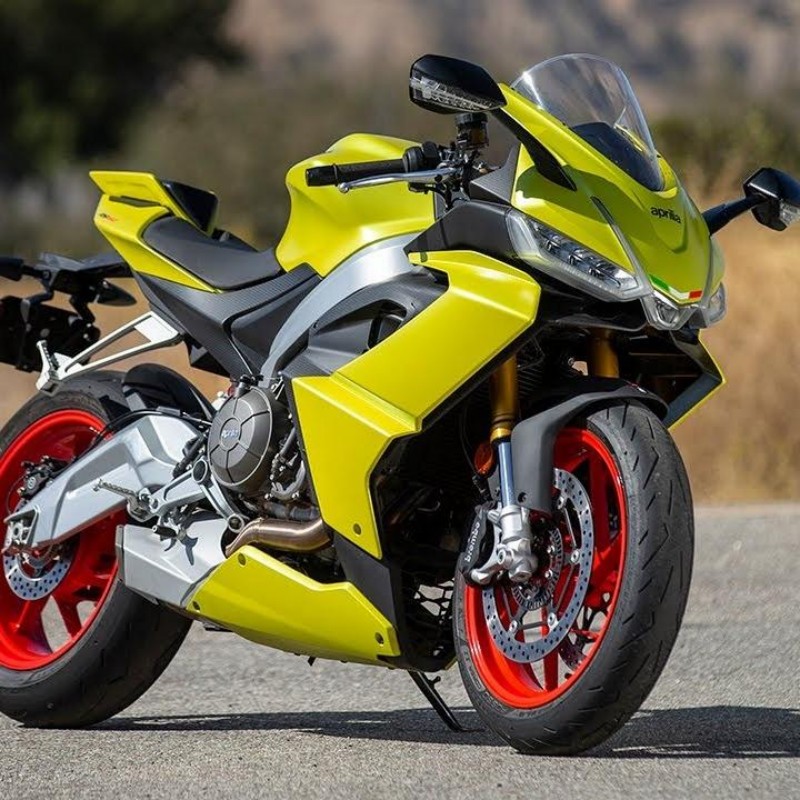
Understanding Fuel Efficiency in Motorcycles
Before diving into ways to improve motorcycle fuel efficiency, it’s essential to grasp what fuel efficiency means in the context of motorcycles. Fuel efficiency is typically measured in miles per gallon (MPG) and indicates how far a motorcycle can travel on a single gallon of fuel.
Factors Influencing Fuel Efficiency
Numerous factors can impact a motorcycle’s fuel efficiency, including but not limited to:
- Engine Size: Generally, smaller engines tend to consume less fuel compared to larger ones. Motorcycles with larger displacements may offer more power but often reduce fuel efficiency.
- Weight: Heavier motorcycles may consume more fuel as the engine has to work harder to propel the extra weight. Riders should consider payload when assessing fuel efficiency.
- Aerodynamics: Motorcycle design influences drag and thus fuel efficiency. Streamlined shapes will cut through the air more efficiently, leading to better fuel economy.
- Road Conditions: Riding on paved roads will generally yield better fuel efficiency than off-road riding, which can be more demanding on the engine.
- Tires: The condition and type of tires can also affect fuel efficiency. Properly inflated and aligned tires enhance performance and reduce drag.
Understanding these aspects provides a foundation for optimizing your motorcycle’s fuel efficiency.
Common Misconceptions About Motorcycle Fuel Efficiency
There are several myths regarding motorcycle fuel efficiency that can mislead riders. Here are some common misconceptions along with the truths behind them:
All Motorcycles Are Fuel Efficient
While many motorcycles offer better fuel efficiency than cars, this is not universally true. Performance-oriented motorcycles or cruisers with larger engines may have lower MPG figures due to their design and intended use.
Higher RPMs Mean More Power and Better Efficiency
Many riders believe that revving their engines will increase fuel efficiency. In reality, operating at high RPMs often leads to increased fuel consumption. The ideal range is usually found at moderate RPMs that offer the best torque without sacrificing efficiency.
Riding Faster is More Efficient
This misconception can lead to decreased fuel efficiency. Riding at higher speeds generally results in increased wind resistance and fuel consumption. Maintaining a steady, moderate speed is often more efficient.
Premium Fuel Equals Better Efficiency
Many riders are led to believe that using premium gasoline will improve efficiency. While it might be beneficial for certain high-performance engines, most motorcycles are designed to run on regular fuel. Always consult your owner’s manual to determine fuel requirements.
Fuel Efficiency is Only Affected by the Engine
While the engine’s performance is crucial, other factors such as riding style, maintenance, and environmental conditions play a significant role in overall fuel efficiency.
How to Improve Motorcycle Fuel Efficiency
Now that we understand what fuel efficiency entails and dispelled common misconceptions, let’s explore effective ways to improve it. Here are actionable tips that can help enhance your motorcycle’s fuel economy.
Regular Maintenance
Maintaining your motorcycle is critical to ensure optimal performance and fuel efficiency. Key maintenance tasks to consider include:
- Oil Changes: Regular oil changes will ensure that your engine operates smoothly. Fresh oil reduces friction and can significantly improve fuel efficiency.
- Air Filter Replacement: A clean air filter allows the engine to breathe better, improving combustion quality. Regularly check and replace air filters as needed.
- Spark Plug Inspection: Worn-out spark plugs can negatively impact fuel efficiency. Regularly inspect and replace them according to manufacturer recommendations.
- Chain Maintenance: Cleaning and lubricating your motorcycle chain can improve efficiency by reducing resistance in the drivetrain.
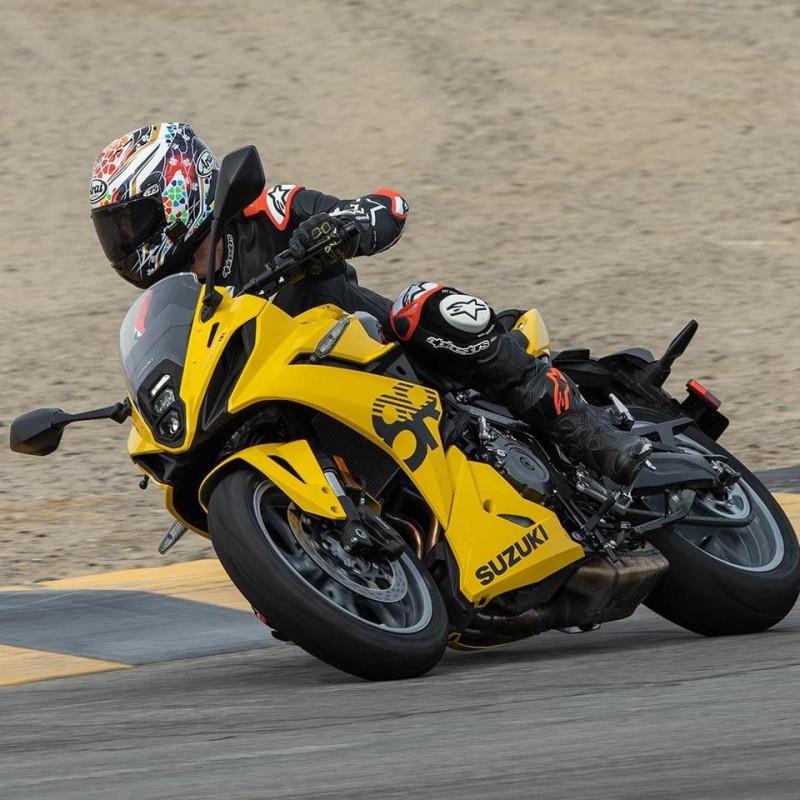
Tire Maintenance
Proper tire maintenance directly affects fuel efficiency. To ensure you get the best mileage possible:
- Check Tire Pressure: Always keep your tires inflated to the manufacturer’s recommended pressure. Under-inflated tires create additional rolling resistance, leading to reduced MPG.
- Rotate and Align Tires: Regularly rotating and aligning tires can prevent uneven wear and ensure that they roll smoothly.
- Choose the Right Tires: Consider choosing tires designed for low rolling resistance for optimal fuel efficiency.
Smooth Riding Techniques
How you ride can dramatically influence fuel efficiency. Here are some riding techniques that can help:
- Accelerate Gradually: Rapid acceleration demands more power and fuel. Smooth and gradual acceleration will extend your bike’s fuel economy.
- Maintain Steady Speeds: Be mindful of your speed. Maintaining a consistent speed, especially in flat terrain, can conserve fuel.
- Use Engine Braking: Whenever possible, downshift or use the engine’s braking instead of pumping the brakes continuously. This technique can enhance fuel efficiency by allowing the engine to slow the bike without consuming extra fuel.
- Plan Your Routes: Take time to plan your riding routes. Choose paths that minimize stops and unnecessary detours for a more efficient ride.
Minimize Extra Weight
Every extra pound demands more power and fuel. To improve your motorcycle’s fuel efficiency:
- Remove Unnecessary Items: Before riding, check your bike for items that can be left behind. Excess luggage and gear can hinder performance.
- Choose Lighter Accessories: If you need to add accessories, opt for lighter options that won’t add unnecessary weight.
Impact of Riding Conditions on Fuel Efficiency
Various environmental and riding conditions can affect motorcycle fuel efficiency. Being aware of these influences can help you adjust accordingly.
Weather Conditions
- Wind Resistance: Riding against strong winds can lower your fuel efficiency significantly. When faced with gusty conditions, consider adjusting your speed to combat drag.
- Temperature Effects: Colder temperatures can require more fuel as bikes often require a richer air-fuel mixture to run efficiently. Conversely, moderate temperatures can optimize performance.
Terrain Variations
- Hilly and Mountainous Terrain: Riding on hills requires more energy. Anticipate the terrain and adjust your riding style accordingly, maintaining steady speeds as much as possible.
- Urban Riding: Stop-and-go city riding can reduce fuel efficiency. When stuck in traffic, turn off the engine when idling for long periods to conserve fuel.
Riding Strategy Adjustments
Different conditions call for different riding strategies. In adverse conditions, adapt to optimize fuel efficiency and ensure safety:
- Morning vs. Evening Rides: Consider riding during cooler parts of the day, as your bike will operate more efficiently in lower heat.
- Lane Positioning: Riding in a lane draft with larger vehicles can reduce wind resistance and enhance fuel efficiency, but be careful of your safety.
The Role of Technology in Motorcycle Fuel Efficiency
Advancements in technology play a vital role in enhancing motorcycle fuel efficiency. Manufacturers continue to innovate to create motorcycles that consume less fuel. Here are some contributions of technology to fuel efficiency:
Fuel Injection Systems
Modern motorcycles increasingly use fuel injection technology, which provides precise control over the air-fuel mixture. This system enhances combustion efficiency, improving fuel economy compared to traditional carburetors.
Advanced Engine Design
Inviting features like variable valve timing and cylinder deactivation in some models help optimize performance while minimizing fuel consumption.
Lightweight Materials
The use of lightweight materials in motorcycle construction can improve fuel efficiency. Manufacturers are opting for alloys and composites that reduce weight without sacrificing durability.
Experience Monitoring Systems
Some newer motorcycles come equipped with onboard computers that monitor riding behavior and provide real-time feedback on fuel consumption. These systems help riders adapt their habits to improve overall efficiency.
Eco-Friendly Motorcycles
With the rise in eco-consciousness, manufacturers are now creating electric and hybrid motorcycles designed for lower emissions and higher fuel efficiency. These alternatives can be cost-effective options for environmentally concerned riders.
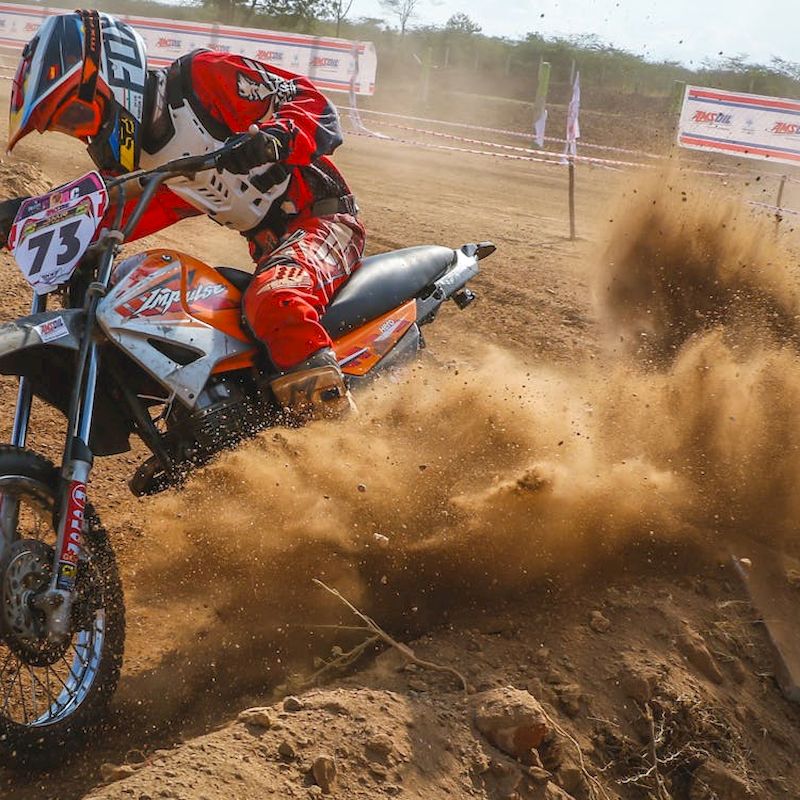
Conclusion
Understanding motorcycle fuel efficiency is fundamental for any rider seeking to enhance their experience on the road. By recognizing the factors that affect fuel efficiency and applying effective techniques, you can not only save money on fuel but also contribute positively to environmental sustainability.
Maintenance tasks, riding techniques, and awareness of the conditions in which you ride all influence how efficiently your motorcycle operates. With the right care and attention, your motorcycle can deliver impressive performance without unnecessary fuel consumption.
As technology continues to advance in the motorcycle industry, the potential for improved fuel efficiency only grows. By staying informed about your options and adopting good habits, you will ensure your motorcycle remains a cost-effective and enjoyable means of transportation for years to come.
The journey to maximizing motorcycle fuel efficiency is not just about saving money; it’s about enjoying every ride while making environmentally responsible choices. Whether you are a daily commuter or a weekend enthusiast, the knowledge you gain will enhance your riding experience and ultimately lead to a more efficient and fulfilling motorcycle journey.
